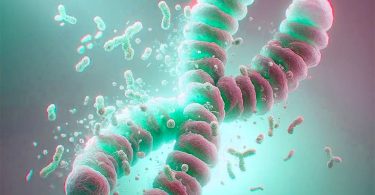Some products resulting from glycation would act as endocrine disruptors. The consequences would be disastrous in terms of public health.
The body secretes several dozen hormones which organize the major physiological functions: growth, development, metabolism, etc. These vital functions can be disturbed by many chemicals: endocrine disruptors.
Glycation is the chemical reaction resulting from the contact of proteins with sugar. It leads to the formation of toxic compounds, AGEs (Advanced Glycation Endproducts) responsible for cell aging and diseases associated with aging. AGEs can be endogenous, resulting from the contact of ingested sugars with the proteins of the body or exogenous, resulting from foods cooked at high temperatures.
More and more observations and studies, in vitro, on animal models, more rarely on humans, tend to show that exogenous AGEs are also endocrine disruptors (1).
The subject is vast and poorly understood. In particular, knowledge remains to be deepened on the mechanisms that link glycation and endocrine disruption, their transposition in humans, the role of epigenetics, the level of involvement of endogenous AGEs, etc. But confirmation of such findings would be catastrophic for generations to come.
© AGE BREAKER 02 2021
[AGE BREAKER, patented nutritional supplements, based on rosmarinic acid, recognized by aging specialists around the world for their properties to reverse the effects of glycation.] [Glycation is one of the major causes of aging. Resulting from the fixation of sugars on the proteins constituting the organism, glycation generates toxic compounds that cause cellular aging. Glycation is particularly involved in metabolic disorders, skin aging and cognitive decline.]More on www.agebreaker.com
#agebreaker #glycation
@ Photo ; wolfgang_stiller
(1): Guna Ravichandran et Al. Food advanced glycation end products as potential endocrine disruptors: An emerging threat to contemporary and future generation. Environment International, volume 123, February 2019, pages 486-500. Doi.org/10.1016/j.envint.2018.12.032









